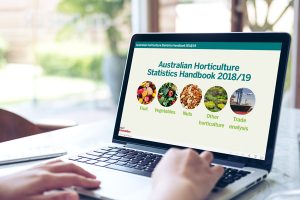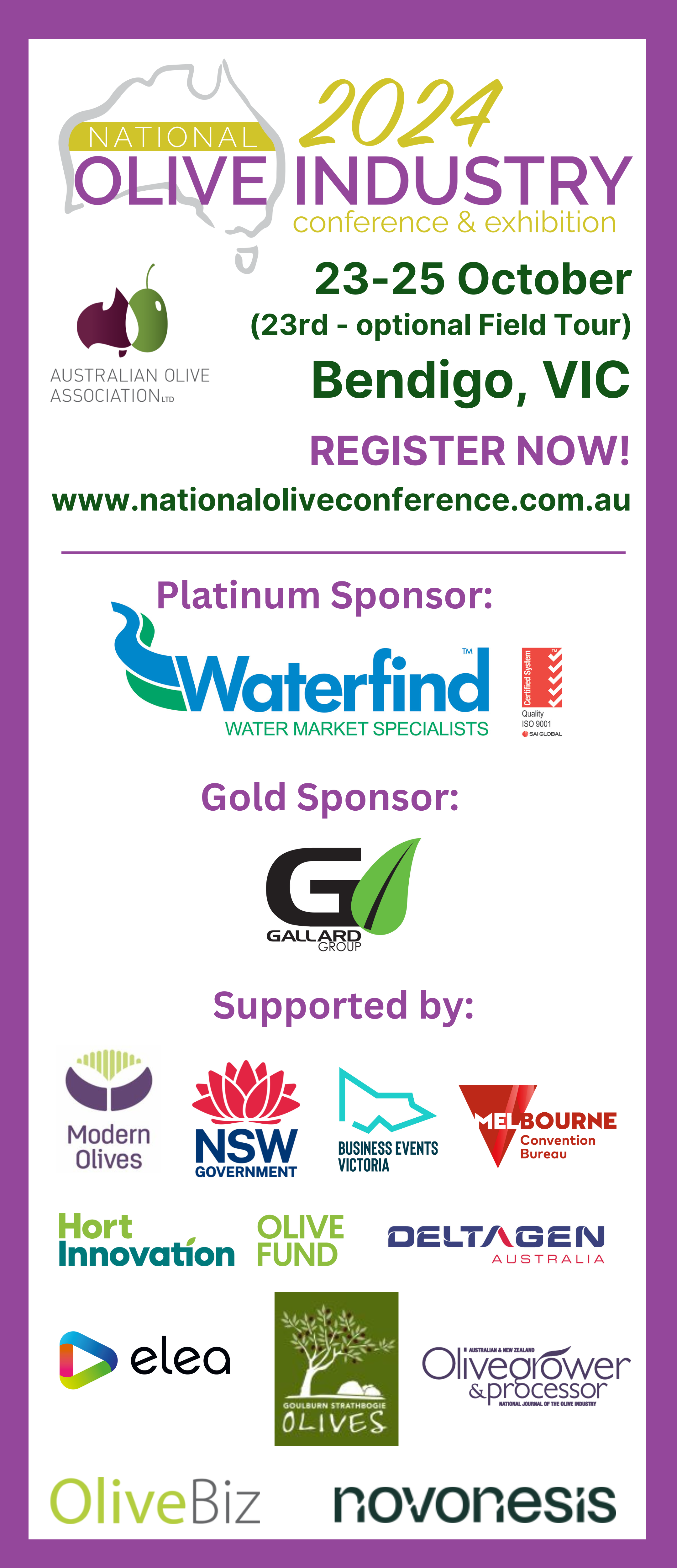
The latest edition of the Australian Horticulture Statistics Handbook is now live, with a new interactive dashboard providing improved search functionality and user preferences.
Produced annually, the Handbook features data on more than 70 horticultural products, including fruit, nuts, vegetables, nursery, turf and cut flowers. The data in the latest edition shows that in 2018/19, the horticulture sector recorded its highest production value to date.
Overall sector highlights include:
- the horticulture sector has experienced seven years of consecutive growth
- the new data shows industry growth of 8.4%, a $1.1 billion annual increase, reaching a total value of $14.4 billion
- the average compound annual growth rate over the last five years is 5.6%, a total of 31%
- almonds were the highest-valued horticulture product overall, achieving a record export value of $675 million.
Results by category show that for 2018/19:
- berries and citrus accounted for nearly one third (32%) of the total value of the fruit sector
- the value of the vegetable category increased by nearly 9% to a value of $4.7 billion
- potatoes were the most valuable vegetable product at $752.6 million
- the nursery sector accounted for 17% of the total production value of horticulture.
Hort Innovation’s Head of Data and Insights, Adam Briggs, said the Handbook provides important data for industry, researchers and decision makers; supports policy formation; and contributes to further research to benefit all horticulture industries.
“The ongoing investment in development and improvement of the Handbook means new metrics reporting information about retail and foodservice distribution for fruit and vegetable products is now available,” he said.
“The accessibility of the Handbook has also been improved, with the new interface allowing users to dynamically select products and perform a greater range of time series analysis on the data, which now dates back seven years to 2012/13.
“This means our stakeholders have more horticulture statistics available at their fingertips so they can remain informed and make the best decision for the success of their businesses.”
The 2018/19 edition is available in two formats. The online dashboard, available on laptop and desktop computers, provides an interface for readers to directly interact and extract data at the product category level. The original hardcopy format of the handbook also continues to be available as a downloadable PDF document.
Access the new Hort Innovation Australian Horticulture Statistics Handbook here.



